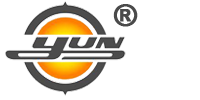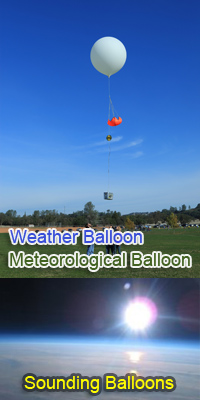- Power cords
- America power cords
- Australian SAA power cords
- Europe VDE power cords
- UK ASTA BSI 1363 A power cords
- Indonesia SNI power cords
- Korean KSC power cords
- Japan PSE JET power cords
- China CCC power cords
- Italy IMQ power cords
- South Africa power cords
- Swiss SEV power cords
- Argentina IRAM power cords
- Israel approved power cords
- Brazil UC Inmetro AC Power cord
- Denmark standards power cord
- Saudi SASO power cords
- Rubber Insulated Sheathed Flexible Cords
- Rubber cords
- PVC Flexible Power Wires
- PVC cables
- IEC Serial Link
- IEC Serial Link
- North American Standard Locking Plugs Receptacles
- North American Standard Locking Plugs Receptacles
- Meteorological Balloon
- Meteorological Balloon
POWER CORD
As we have stated in earlier blogs and articles, there are three main reasons to use the Accessory Power System. The IEC 60320 2-2 component family makes it possible to control power to accessories through the main appliance The IEC 60320 2-2 component system is generally accepted for use throughout the world The use of country specific plug and outlets are not needed for accessory power. The IEC 60320 AC power inlet is the most common way of connecting a detachable cord set to electrical or electronic equipment used throughout the industrialized world. In this weeks blog we are listing invaluable information found on Interpower.com you can utilize in your next product design. IEC 60320 2-2 Coupler Sheet: a beneficial chart to assist you in picking the correct IEC 60320 for you equipment needs. Guide to World Wide Plug and Socket Patterns: this chart lists specifications for plug patterns used worldwide, listing the voltage, frequency and plug pattern of individual countries Accessory Power Systems White Paper: an in depth white paper describing how to design your product utilizing the IEC 60320 2-2 system. IEC 60320 Overview Video: this video outlines the IEC 60320 directive and explains the various connectors used. Accessory Power System Video: this video looks specifically at how the use of Accessory Power can allow the same components to be used in global applications, rather than having to choose a number of cables with plug configurations to suit the country where the equipment may be shipped.


